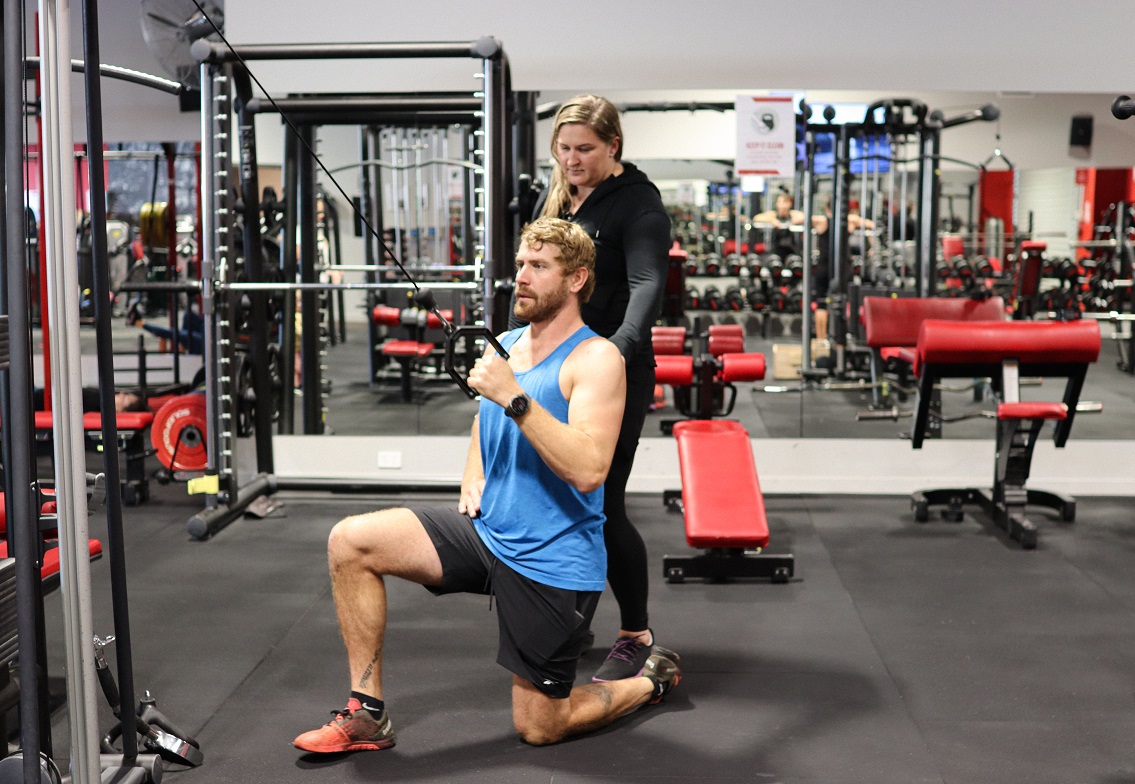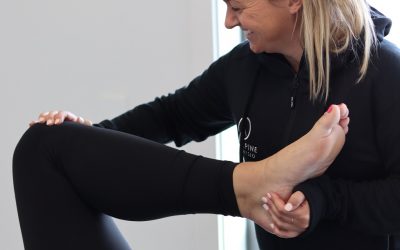Recovering from a complete rotator cuff tear can be a challenging journey. With the right approach and commitment to rehabilitation it’s possible to regain strength, mobility, and function in your shoulder. Surgery is often necessary to repair a complete tear, but it’s just the first step in the process. In this comprehensive guide, we’ll explore the key components of post-surgery rehabilitation for a complete rotator cuff tear, including exercises, therapies, and lifestyle adjustments to support a full recovery.
Understanding Rotator Cuff Tears
Before diving into the rehabilitation process, it’s important to understand what a rotator cuff tear is and how it affects your shoulder. The rotator cuff is a group of muscles and tendons that surround the shoulder joint. Their main function is providing stability while allowing for a wide range of motion. When one or more of these tendons become torn, it can lead to pain, weakness, and limited movement in the shoulder.
A complete rotator cuff tear usually requires surgical intervention to repair. Where partial rotator cuff tears are usually managed with physiotherapy and occasionally with surgery. Common causes of rotator cuff tears include trauma, repetitive overhead movements, and degenerative changes associated with aging. Surgery is often recommended to reattach the tendon and restore function to the shoulder.
Post-Surgery Rehabilitation
Rehabilitation after rotator cuff surgery is crucial for ensuring a successful outcome and minimizing the risk of complications. While your specific protocol will vary depending on the severity of the tear, which rotator cuff tendon was torn and your surgeon’s recommendations. Below are general principles that guide the rehabilitation process.
- Immobilisation and Protection: Immediately following surgery, your shoulder will be immobilised with a sling to protect the repair and allow the tissues to heal. It’s important to follow your surgeon’s instructions regarding sling use and restrictions on shoulder movement during the initial recovery period.
- Pain Management: Pain and discomfort are common after rotator cuff surgery, but there are several strategies for managing these symptoms. Your doctor may prescribe pain medication or recommend over-the-counter options. You are often allowed to perform pendular exercises to help relieve aching. It is important to go through these exercises with your physio to ensure you are doing them safely.
- Passive Range of Motion Exercises: As the initial healing progresses, your physiotherapist will begin gentle passive range of motion exercises to mobilise the shoulder joint without engaging the muscles of the rotator cuff. These exercises may include pendulum swings, passive forward flexion, and external rotation. Your physio will show you strategies on how to do these independently at home.
- Gradual Strengthening Exercises: Once it’s safe to begin active movement, you’ll begin strengthening exercises to rebuild the muscles of the rotator cuff and surrounding shoulder girdle. Initially, these exercises will focus on isometric contractions and light resistance to avoid placing excessive stress on the healing tissues.
- Dynamic Stability Training: As your strength and range of motion improve, your rehabilitation program will change to enhance the coordination and control of your shoulder muscles. These exercises may include rotator cuff strengthening with resistance bands and weights. Proprioceptive training on unstable surfaces, and functional movements that mimic activities of daily living.
- Functional Rehabilitation: The ultimate goal of rotator cuff rehabilitation is to restore full function and independence in everyday activities. Your physiotherapist will work with you to develop a personalised rehabilitation program that addresses your specific goals and challenges. This may include sport-specific drills for athletes or modifications to accommodate work or recreational activities.
- Patient Education and Home Exercise Program: It’s important to take an active role in your recovery by following a home exercise program prescribed by your physiotherapist. Alpine Physio promote regular supervised gym based rehabilitation through ICP. Consistency and communication is key. So be diligent about performing your exercises as instructed and communicate any concerns or progress with your physio.
- Gradual Return to Activity: Returning to sports, work, or other demanding activities should be approached gradually and under the guidance of your physiotherapist. It’s important to listen to your body and avoid pushing through pain or discomfort, as this can increase the risk of re-injury.
- Long-Term Maintenance: Even after completing formal rehabilitation, it’s important to continue with a maintenance program to maintain gains achieved during the recovery process. This may involve ongoing strengthening exercises especially if you have a manual job. As well as modifications to your lifestyle or training regimen to prevent future shoulder problems.
Summary
Rehabilitation after surgery for a complete rotator cuff tear requires patience, dedication, and perseverance. The rewards of a full recovery are well worth the effort. By following a comprehensive rehabilitation program that addresses pain management, range of motion, strength, stability, and functional goals, you can regain confidence in your shoulder and resume the activities you love.
If you have sustained a complete rotator cuff tear you may qualify for fully funded rehabilitation via ICP. Email us to see if you qualify. The Alpine Physiotherapy team are experts in shoulder rehabilitation. We are fortunate enough to have full gym access to get you the best results after surgery.





0 Comments